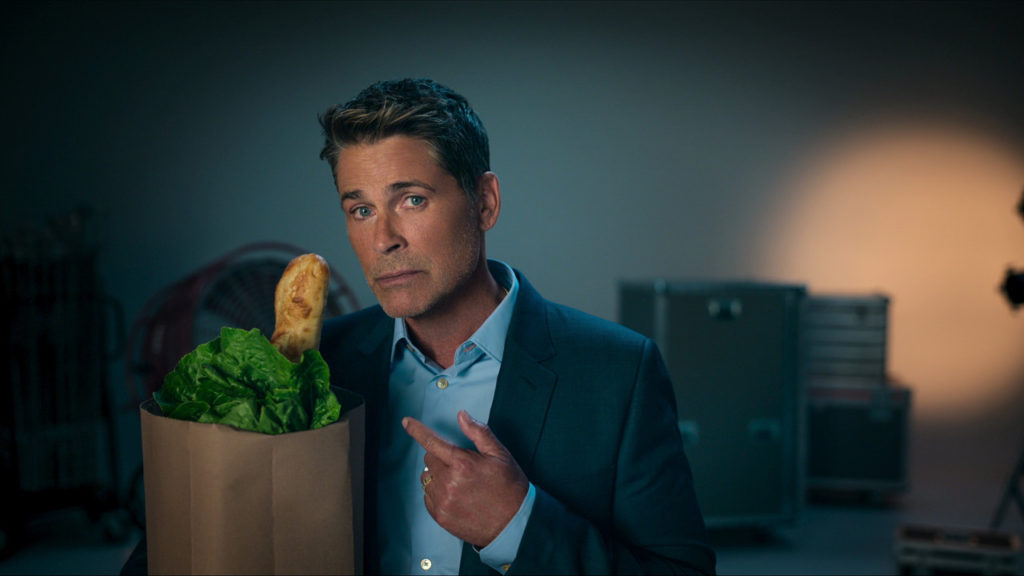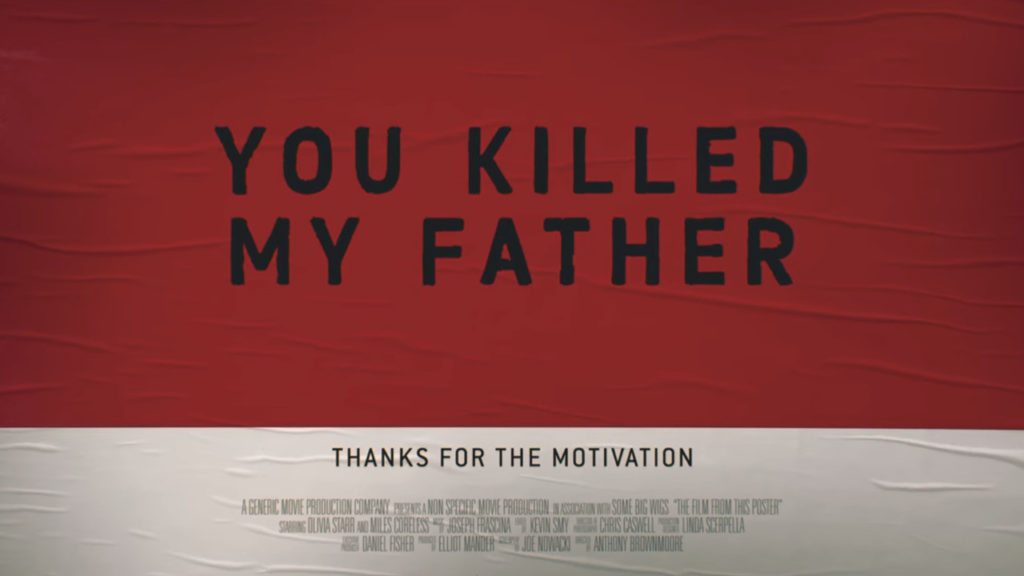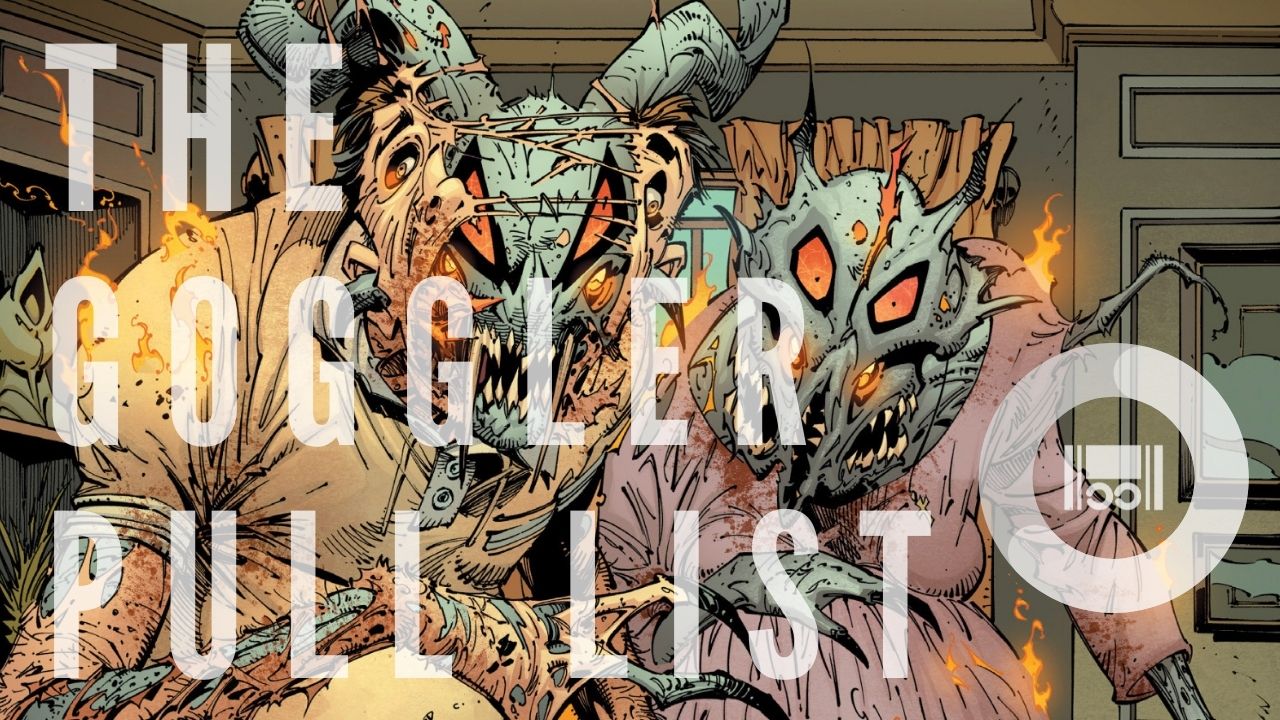How well do you know your Hollywood movie clichés? What about how they became clichés in the first place? Love them or hate them, every industry has its own clichés, tropes, and repeated patterns, like starting a review with a question! Attack of the Hollywood Clichés is Netflix’s latest entry in its growing category of variety TV/non-fiction/fluff, and a fun, if slight, examination of some of Hollywood’s most common tropes.
The Netflix equivalent of “this meeting could have been an email,“ this 58 minute show could have easily been a slideshow/listicle, and yet I didn’t regret spending time with it.
“Hi, Unlike You, I’m Rob Lowe”

A massive part of that enjoyment is down to Rob Lowe, perfectly embodying the trope of overly self-absorbed Hollywood actor, as he provides links between a smorgasbord of sections on various tropes.
More so than A History of Swear Words, Hollywood Clichés leans harder into its “talking heads” format, jumping from one topic to another, without apparent rhyme nor reason (why the section on “Endings” wasn’t at the end of the show is beyond me) with a surprising cast of actors, directors, writers, and critics sharing their thoughts (shout outs to Kim Newman, Helen O’Hara, and Jonathan Ross for any anglophiles out there!).
For each trope, a few clips are shown while Lowe explains their use and history, with some warranting a deeper inspection. It’s a format that was perfected by the likes of the BBC’s “I Love the 1970s,” “I love the 1980s,” and their imitators in the early 2000s but the surprise here is the talent assembled and the width of their references. Thankfully, the show doesn’t just feature clips and examples from other Netflix shows, but features clips from other networks, and very recent shows like HBO’s Mare of Eastown.
I couldn’t help but crack a smile as Andie MacDowell talks about the “meet cute,” or as Florence Pugh pledges to never do sex scenes where she has to keep her bra on, or fight in high heels. They even get Nathan Rabin, the originator of the term “manic pixie dream girl,” to talk on significant examples of the form.
Heading

While it can feel a little disjointed, some tropes get the deeper examination they deserve. The show doesn’t shy away from shining a light on some of the less savory clichés either. Rightly pointing out how the maverick hero cop has fallen out of favor in line with the deterioration in the reputation of U.S. police forces, or how toxic behavior seen as romantic in men is often portrayed as stalking in women.
Anyone familiar with the style of Charlie Brooker’s Newswipe will feel right at home here, the reason for which becomes clear once the his name appears in the credits as executive producer. The show also exhibits a similar level of snark as Booker’s work, as well as a respect for both high and low culture. Explaining the roots of montage in Battleship Potemkin, but refusing to shy away from acknowledging the exceptional contribution to the field by Team America: World Police.
Still, I came away from the show with a smile on my face and even learned a few things. Like how the false jump scare used to be called The Lewton Bus, that around 40% of LGBT characters nominated for an Oscar don’t make it to the end credits of their film, and how (I don’t know if this one is a joke or not) 31.9% of Rocky IV was all montage!
With a format so simple to follow that that it might as well have come from IKEA, Attack of the Hollywood Clichés still manages to be entertaining low stakes television.









Follow Us